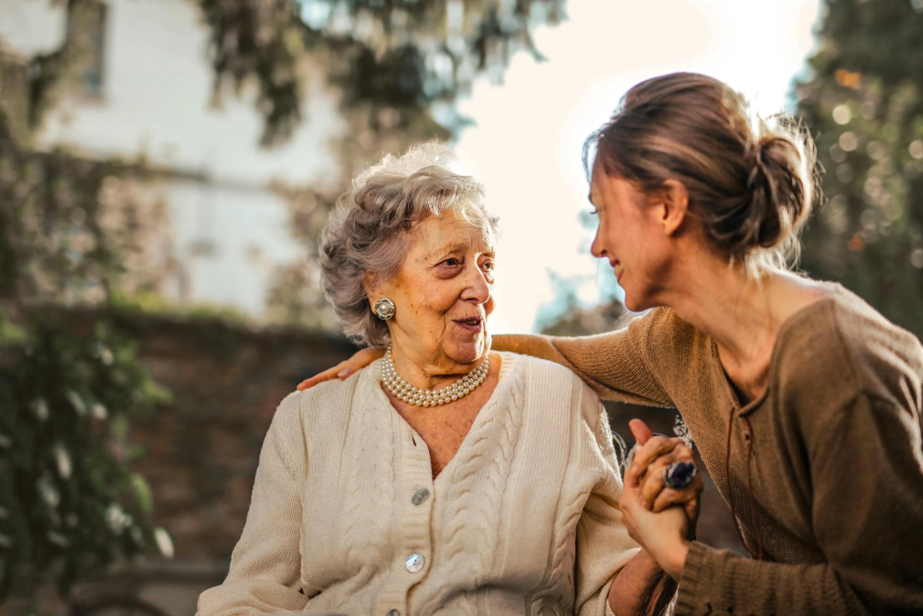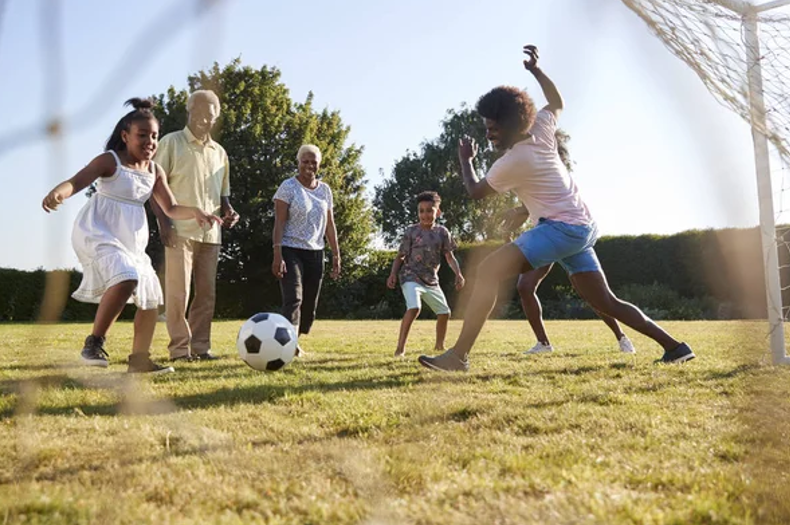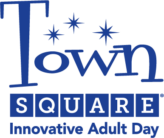How Intergenerational Programs Enhance Senior Care Social Life
The isolation and loneliness many seniors face can significantly impact their mental and physical health. The golden years, envisioned as a time of relaxation and enjoyment, often fall short due to the diminishing opportunities for social engagement and community involvement. As family structures evolve and modern life becomes increasingly busy, seniors seek more meaningful connections beyond their immediate circles.
Intergenerational programs emerge as a beacon of hope, bridging the gap between the young and old, fostering mutual learning and understanding. Through such interactions, seniors rediscover the joys of companionship and the sense of being valued members of their communities, proving that at any age, human connection remains a fundamental need.
Benefits of Intergenerational Programs for Seniors
Intergenerational programs nurture mutual growth and enrichment, connecting seniors with younger generations in meaningful ways. These programs foster interactions that benefit all participants, with seniors experiencing significant improvements in their social, mental, and physical wellbeing.

Photo by Andrea Piacquadio from Pexels
Increased Physical Activity
Physical engagement is the cornerstone of intergenerational programs, where the vitality of youth inspires seniors to push their physical limits. Whether it’s a gentle walk in the park or a light-hearted dance, activities with younger generations encourage seniors to be more physically active. This increased activity is not just about movement; it’s a pathway to improved health and longevity.
Enhanced Mental and Emotional Health
Intergenerational programs provide a breath of fresh air against the backdrop of loneliness and depression that can often cloud the lives of the elderly. It can potentially aid in the improvement of mood and a decrease in depressive symptoms among seniors involved in these programs. The sense of purpose and belonging that these connections foster is remarkable.
Improved Social Interaction
Intergenerational programs are not just activities; they are bridges connecting diverse age groups, fostering an environment ripe for enhanced social interactions. These programs create a unique space where seniors and younger individuals come together, sharing stories, knowledge, and laughter. For instance, when a group of high school students joined a storytelling project with a local senior living community, the bonds formed were profound. Seniors, who once spent their days in silence, now eagerly awaited the visits, sharing tales of yesteryears with sparkling eyes.
Benefits for Younger Participants
While the advantages for seniors are evident, intergenerational programs offer a treasure trove of benefits for younger participants, too. These initiatives provide a unique learning environment that goes beyond traditional education, imbuing young people with life skills, empathy, and a deeper appreciation for the aging process.
Educational Opportunities
Intergenerational programs serve as a live encyclopedia of life lessons and wisdom. Interacting with seniors allows younger participants to learn about history, resilience, and the nuances of life’s journey from those who have lived it. Younger participants might also have practical questions, for instance, financial issues like, Does Medicare pay for an MRI? or about career issues familiar to the elderly.
Social Skills Development
The benefits of intergenerational programs extend into the area of social skills development for younger participants. Through interactions with seniors, they learn to navigate conversations with patience, understand diverse viewpoints, and appreciate the value of silence and listening. These skills are critical in today’s fast-paced world, where empathy and genuine connection are increasingly rare commodities.
Community and Family Ties
One of the most beautiful aspects of intergenerational programs is their ability to strengthen community and family ties. These interactions remind us of the importance of our roots and the bonds that bind us across generations. They reinforce the concept of a community as a family, one that supports and learns from each other, regardless of age. This sense of belonging and unity is a powerful force, creating a more compassionate and cohesive society.
Must-Haves for Successful Implementation

Photo by Monkey Business from Deposit Photos
For intergenerational programs to thrive and achieve their full potential, certain foundational elements must be in place. These critical components ensure the program’s viability, sustainability, and ability to make a meaningful impact on participants from both generations.
Strong Leadership and Dedicated Team
Leaders should have a clear vision, be adept at problem-solving, and be able to inspire and mobilize others. A dedicated team, including volunteers and staff committed to the program’s goals, is essential for executing the vision and handling the day-to-day operations.
Effective Planning and Program Design
Programs should be structured to meet the needs and interests of both seniors and younger participants, with activities that encourage interaction, learning, and mutual respect. Incorporating feedback from participants into the program design ensures that the activities remain relevant and engaging.
Training and Support for Participants and Facilitators
Providing training for facilitators and participants is key to ensuring meaningful and respectful interactions. Facilitators should be trained in managing diverse groups, fostering positive relationships, and addressing any conflicts that arise. Participants may also benefit from orientation sessions that prepare them for intergenerational engagement and set expectations.
Evaluation and Feedback Mechanisms
Implementing mechanisms for evaluation and feedback allows for the continuous improvement of the program. Regular assessment of the program’s impact on participants and the community helps identify successes and areas for growth. Feedback from participants provides insights into their experiences and suggestions for enhancing the program.
Inclusive and Accessible Environment
Finally, creating an inclusive environment that is physically and emotionally accessible to all participants is essential. This means considering the physical accessibility of venues, as well as fostering an atmosphere of inclusivity and respect where all participants feel welcome and valued.
We Can Extend a Helping Hand
Intergenerational programs embody a vital approach to enriching the lives of individuals across all age groups. The exchange of stories, skills, and experiences facilitates a unique learning environment where empathy and understanding bridge the generational divide. By fostering these connections, we create a more cohesive and compassionate community where every member feels valued and understood.
At Town Square, we recognize the importance of senior care and enrichment. As such, we offer many activities, including intergenerational programs. We can help seniors live their best lives by offering opportunities for interaction. Through such socialization, we aim to foster a more holistic well-being. Contact us today to learn more!
We Can Extend a Helping Hand
Intergenerational programs embody a vital approach to enriching the lives of individuals across all age groups. The exchange of stories, skills, and experiences facilitates a unique learning environment where empathy and understanding bridge the generational divide. By fostering these connections, we create a more cohesive and compassionate community where every member feels valued and understood.
At Town Square, we recognize the importance of senior care and enrichment. As such, we offer many activities, including intergenerational programs. We can help seniors live their best lives by offering opportunities for interaction. Through such socialization, we aim to foster a more holistic well-being. Contact us today to learn more!


